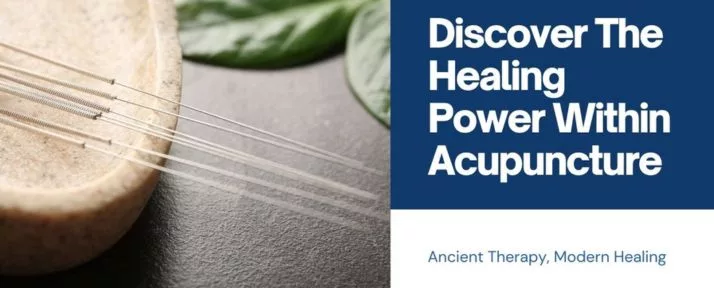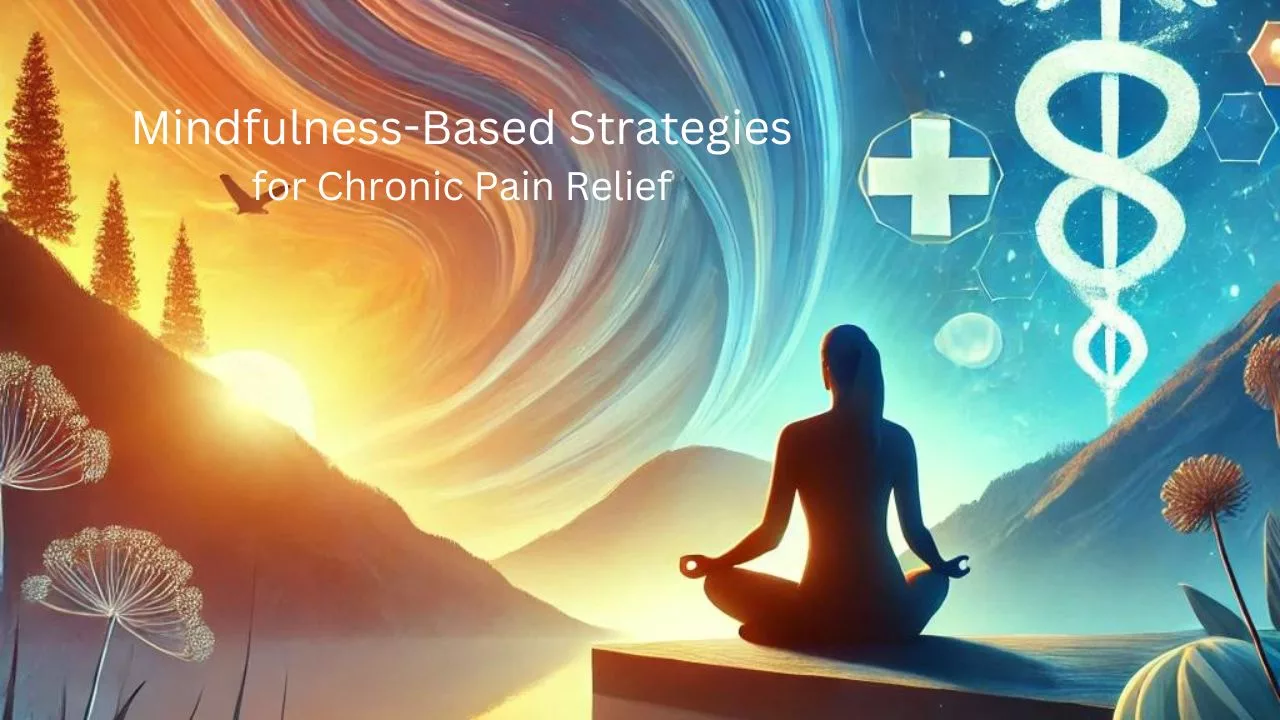
Chronic pain isn’t just a nuisance; it can feel like an uninvited guest that’s overstaying its welcome. If you’re one of the millions grappling with this relentless discomfort, you know its impact on every aspect of your life. Mindfulness can help manage this pain and improve your emotional response to it.
Mindfulness is the practice of staying present and fully engaging with the here and now. It’s deeply rooted in mental health practices and backed by current research. Studies suggest that mindfulness can help manage pain and improve your emotional reaction to it. It’s about learning to approach your chronic pain with a different mindset, potentially lessening its grip on your life.
How Mindfulness Helps Relieve Chronic Pain
Stress can amplify pain signals, making chronic pain even harder to bear. Mindfulness techniques like deep breathing can help your body relax and reduce the perception of pain. For example, a study published in The Journal of Neuroscience found that mindfulness meditation can reduce pain perception by activating areas of the brain associated with self-control and deactivating areas associated with pain awareness (Zeidan et al., 2016).
Personal Story: Managing Stress with a Busy Life
Doctors told me to reduce my stress levels, but how was I supposed to do that with a full-time RN job, a husband, four young children, and a house to take care of? I was in pain and extremely tired. They didn’t even know what disorder or disease process I had at the time. I looked into acupuncture, massage, and meditation. Meditation, in particular, and massage helped me manage my stress and, subsequently, my pain.
Mindfulness-Based Techniques for Pain Management
- Mindful Breathing: Focus on deep, even breathing to help your body relax and reduce the perception of pain.
- Body Scan Meditation: Mentally scan your body for areas of tension and consciously release it. This technique can help diminish pain.
- Guided Imagery: Visualize a peaceful scene to reroute your focus away from the pain, reducing stress and anxiety.
Real-Life Applications and Success Stories

Mindfulness isn’t just theory; people are living better lives thanks to it. Researchers have documented numerous instances where patients reported a significant decrease in pain after practicing mindfulness. For instance, a study showed a 38% reduction in pain intensity for participants after an 8-week mindfulness course.
Meet Janet, who struggled with fibromyalgia for years. Mindfulness meditation wasn’t a quick fix, but it brought her something painkillers couldn’t – a sense of control over her pain. Experts like Dr. Alan Gordon, a pain psychology director, support mindfulness as a crucial part of pain therapy because it changes the way the brain processes pain signals.
John D., a chronic back pain sufferer, found that incorporating mindfulness into his daily routine significantly reduced his pain levels. “The practice helps me stay calm and focused, which makes the pain more manageable,” he says.
Overcoming Challenges and Misconceptions
Starting a mindfulness practice can come with challenges and misconceptions. Some people believe that mindfulness requires complete mental silence, but that’s not the case. It’s about observing thoughts without judgment, not eliminating them.
Many beginners find it hard to focus or feel frustrated when their mind wanders. Remember, it’s normal for your mind to wander, especially when in discomfort. Gently remind yourself to return to the practice. Over time, consistency will improve your ability to stay present.
Another common hurdle is finding time for mindfulness in a busy schedule. Begin with short, manageable sessions and gradually increase the duration. Incorporate mindfulness into daily activities, like mindful breathing while waiting in line or a body scan before bed.
Getting Started with Mindfulness-Based Pain Relief
If you’re intrigued by the potential of mindfulness for chronic pain relief but unsure how to start, don’t worry. Choose something that resonates with you, like a five-minute morning meditation or deep breaths throughout your day. Consistency is more valuable than intensity when starting out. Establish a routine that fits comfortably into your schedule.

There are many tools and resources designed to guide you, like apps, online communities, local mindfulness groups, and devices like the Muse headband. The Muse headband provides real-time feedback on your mental activity, making it easier to stay focused and calm during your meditation sessions. (We will be adding a detailed product review of Muse soon, so stay tuned for more information on this innovative device.)
The key is to be patient with yourself. Mindfulness is a skill that improves with practice, like training a muscle. If a certain technique isn’t working, be open to trying others. If you feel overwhelmed, seek out a healthcare professional or a certified mindfulness instructor.
Embracing Mindfulness for Long-Term Pain Relief
Incorporating mindfulness into your daily routine offers a natural, non-invasive way to manage chronic pain. By consistently practicing mindfulness, you can reduce stress, improve emotional well-being, and enhance your pain tolerance.
Mindfulness empowers you to take control of your pain rather than letting it control you. It’s a journey of self-discovery and resilience, helping you find peace and strength even in the midst of chronic pain. As you continue to practice, you’ll likely notice not just a reduction in pain but an overall improvement in your quality of life.

Many have found that mindfulness not only helps with pain management but also enhances their overall mental health. The calming effect of mindfulness can lead to better sleep, improved concentration, and a more positive outlook on life.
If you’re skeptical, consider this your invitation to explore mindfulness. Start small, be consistent, and be patient with yourself. You might be surprised by the profound impact it can have on your life.
Remember, your first attempt at meditation or mindfulness doesn’t need to be perfect. Every small step you take towards mindfulness is a step towards a healthier, happier you.








